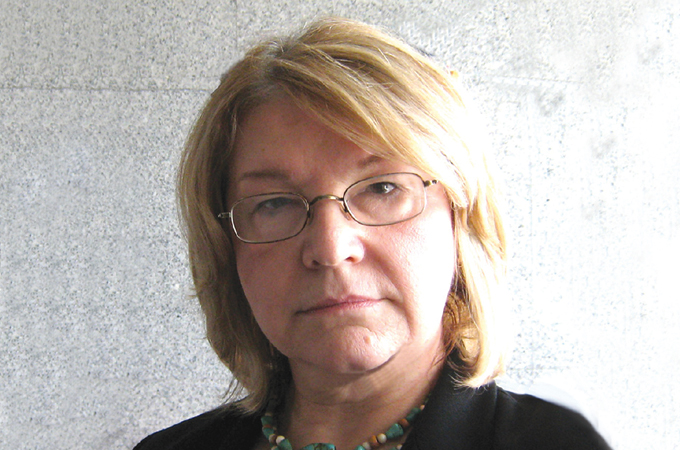With a predicted annual growth rate of 8.5 per cent during 2018-2023, medical tourism is not to be taken lightly. Here we discuss its regional scope and the challenges associated with it

The global medical tourism market was valued at $15.43 billion in 2017, and is expected to register a compound annual growth rate (CAGR) of 8.5 per cent during the forecast period of 2018-2023. According to Mordor Intelligence’s recently released report ‘Global Medical Tourism Market - Segmented by Treatment Type and Geography - Growth, Trends and Forecasts 2018 to 2023’, Asia-Pacific accounted for the largest share of around 40 per cent of the global market, whereas, North America was estimated to register the fastest CAGR over the forecast period.
Governments across the globe have taken up various initiatives to stimulate and improve medical tourism in their respective countries, to improve patient quality care and boost the market. Many countries recorded significant economic development potential in the emergent field of medical tourism. Cosmetic surgery, dental care, elective surgery, fertility treatments, cardiovascular surgery, and genetic disorder treatments are the most preferred forms in this sector. Countries in Asia-Pacific, Middle East, and South America provide high-quality medical services at a much lower rate, compared to the developed economies. There are companies that cater to all the medical and non-medical needs of tourists, during their travel.REGIONAL DEVELOPMENTS The UAE has been ramping up efforts to improve its medical tourism offering by continually investing in its healthcare system. It was reported last month that details of patients who travel to Abu Dhabi to seek medical care will be recorded on the Abu Dhabi Department of Health’s Shafafiya e-portal starting September. Also last month, the Dubai Health Authority (DHA) announced plans to open an oncology and research centre in Dubai by 2020, aiming to provide state-of-the art oncological services for all types of cancer and across all age groups under one roof. In its first phase, the centre will cater to 700 patients, which is 35 per cent of the total number of diagnosed cancer patients in Dubai, some of whom are most likely travelling outside Dubai to seek related treatment. The Saudi Commission for Tourism and National Heritage (SCTH) has been promoting medical tourism to boost the local tourism sector. As a part of its plan to pave the way for investment in touristic sites, the SCTH established public facilities around the geothermal waters of Al-Dobdobah well. The sulfuric hot spring waters are known for their medicinal properties and attract a lot of medical tourists. In October 2017, the Indian ministry of finance, in association with the ministries of tourism and health, launched a portal, www.indiahealthcaretourism.com, for helping medical travellers with a comprehensive information base. The portal offers information in Arabic, Russian, and French.
EXPORTING TECH This April, Seoul National University Bundang Hospital signed a $5 million contract to export its software system to the Clemenceau Medical Center at Dubai Healthcare City. The consortium’s digital storing and data processing for patients’ records and administrative processes has been popular with users and was successfully installed in six hospitals in Saudi Arabia in 2014. Clemenceau, an affiliate of Johns Hopkins Medicine International, is headquartered in Beirut, Lebanon and recognised as one of the top 10 hospitals globally for medical tourism by the independent international organisation Medical Travel Quality Alliance (MTQA). Another regional hospital that has made it to their 2018 top ten list is the The Speciality Hospital in Amman, Jordan. Julie Munro, founder and president of MTQUA, “There is generally still a great deal of confusion as to what [the medical tourism] industry is. I’m not confused. Medical travellers require different and more care management than local patients do. Medical tourism stands on three legs. One leg is care management. The other legs are trust and communications. If any one of these is off kilter with the others, the provider’s medical tourism programme is not sustainable.” MTQA has partnered with Iata on a medical travel specialist programme for travel agents. The first of several courses is now online and is titled Assisting Travelers with Special Needs.
CHALLENGES FACED Medical procedures, such as heart surgeries and joint replacements, sometimes require patients to follow up for longer periods of time. These follow ups can last for three to six months. However, in the case of medical tourists, they leave for their home country as soon as they are deemed fit for travel. Therefore, follow up mostly happens through online consulting. Online consulting is not always as effective as in-person consulting and can lead to unintentional skipping of important points. Some ethical concerns regarding medical tourism, like differentiating between the standards of treatment for foreigners and the locals, can hamper the market. In addition, the people from developed countries or other places are prone to diseases/infections in the host country. All these factors are anticipated to restrict the market’s growth.
